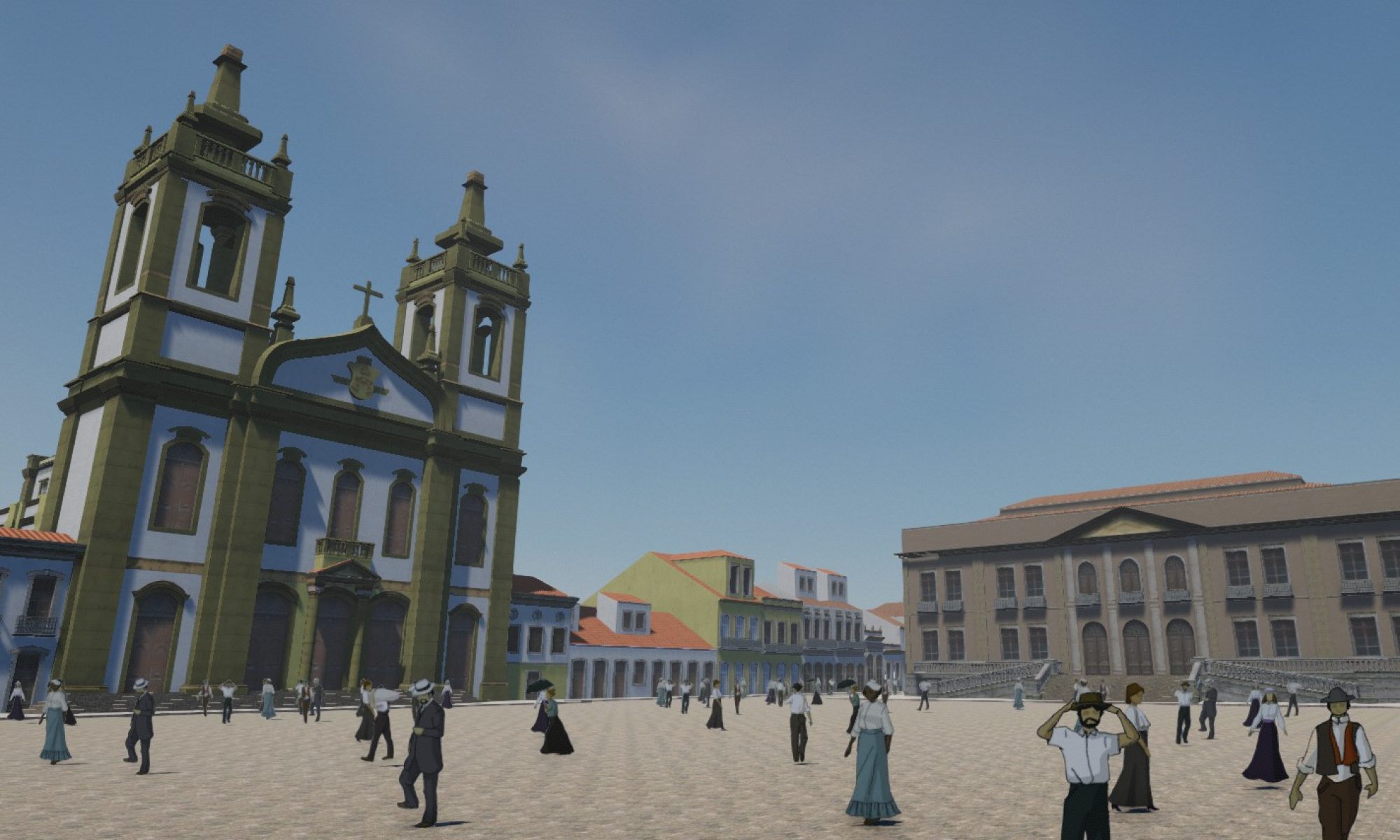Abstract
Beyond the static image: the digital graphic representation of spatial experience in architecture This work presents some theoretical reflections about the potentialities of digital tools in the graphic representation of architectonical space. Considering de sub-utilization of these tools in mimetic applications of manual graphic methods, it’ll be taken in Theory of Architecture the argumentations needed to justify the importance of 3D videogames technologies in the architectural graphic representation field. Inserting these reflections in the though line of Bruno Zevi, whom already alerted for the limitations of graphic representation in translating the architectonical space nature, it’s perceived that those technologies are capable to overcome them, offering the biggest qualitative gain in the field since the discover of perspective laws in the Renascence. So, it’ll be presented some digital models of projects used as didactic tools, that are capable to give a deeper understanding of built space from the graphic representation of the spatial experience virtually lived there, by allowing the user’s free movement.
Autores
Ano do texto: 2005
Tags: 3D Modeling, espaço arquitetônico, e Imagem Estática
Citação ABNT
Baker, G. 1998. Le Corbusier: Uma Análise da Forma. São Paulo: Martins Fontes.
Barki, J. 2003. O Risco e a Invenção: Um Estudo sobre as Notações Gráficas de Concepção no Projeto. Rio de Janeiro: Programa de Pós-Graduação em Urbanismo FAU/UFRJ.
Bonduki, N. 2000. Affonso Eduardo Reidy. Lisboa: Blau.
Cullen, G. 1996. Paisagem Urbana. Lisboa: Edições 70.
Eshaq, A. e Karboulonis, P. 2000. The Importance of Virtual Environments in the Design of Electronic Games and Their Relevance to Architecture. In: 18th eCAADe Conference Proceedings. Weimar
Hoon, M. e Kehoe, M. 2003. Enhancing Architectural Communication with Gaming Engines. In: Proceedings of the 2003 Annual Conference of the Association for Computer Aided Design in Architecture. Indianapolis.
Le Corbusier. 2004. Precisões. São Paulo: Cosac & Naify.
Le Corbusier. 2000. Urbanismo. São Paulo: Martins Fontes.
Levy, P. 1996. O que é o virtual? São Paulo: Editora 34.
Martins, C. F. 2004. Uma Leitura Crítica. In: Le Corbusier. 2004. Precisões. São Paulo: Cosac & Naify.
Zevi, B. 2002. Saber Ver a Arquitetura. São Paulo: Martins Fontes.

